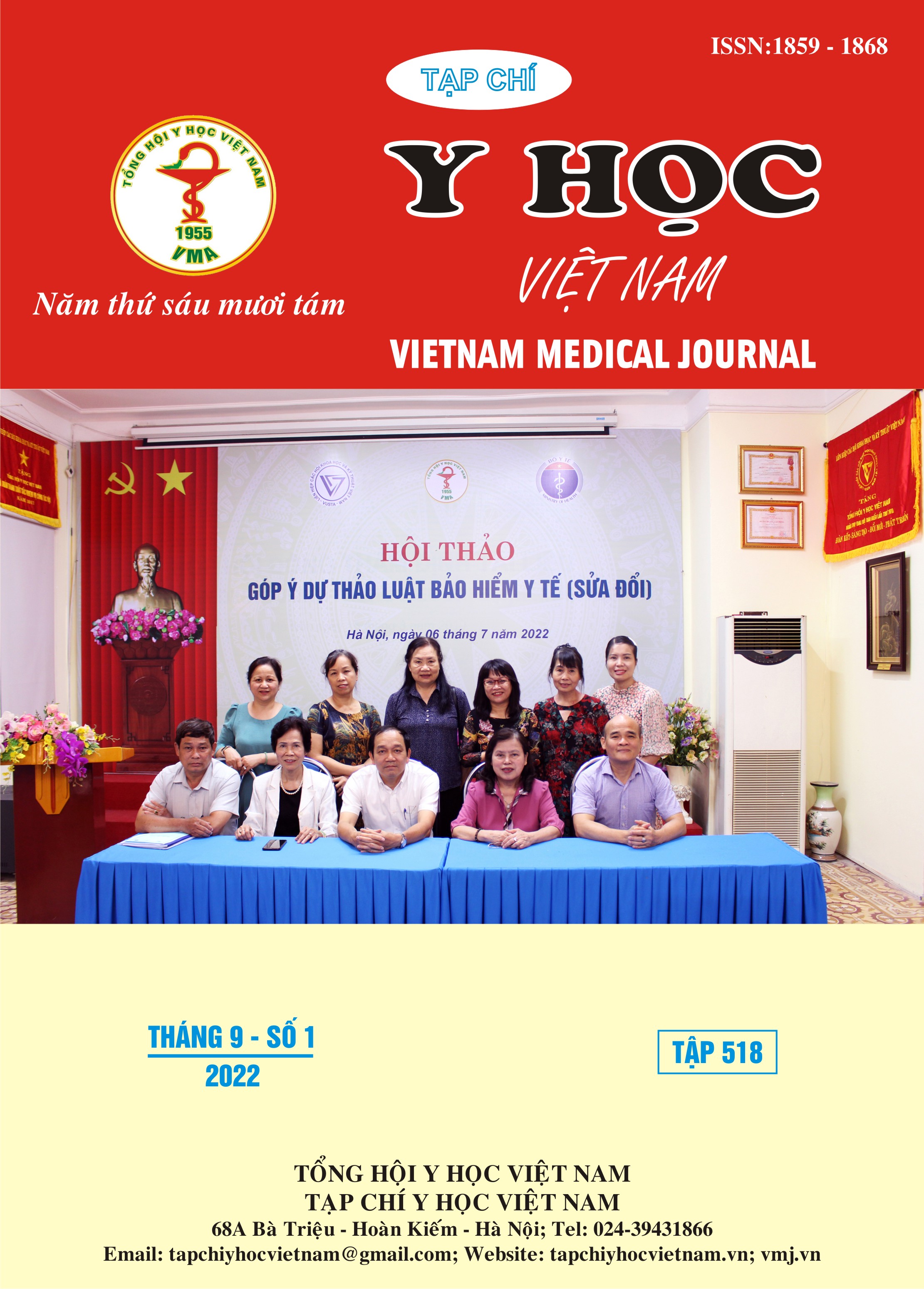MỘT SỐ ĐẶC ĐIỂM KÍCH THƯỚC GIÁC MẠC, ĐỒNG TỬ Ở HỌC SINH TRUNG HỌC CƠ SỞ NGƯỜI KINH
Nội dung chính của bài viết
Tóm tắt
Đặt vấn đề: Bán kính cong giác mạc, đường kính giác mạc và đường kính đồng tử là chỉ số quan trọng trong chẩn đoán tật khúc xạ, thiết kế kính áp tròng, kính nội nhãn, chẩn đoán một số dị tật bẩm sinh…Nghiên cứu này giúp xác định kích thước giác mạc, đồng tử ở học sinh trung học cơ sở. Đối tượng và phương pháp nghiên cứu: Khảo sát các kích thước giác mạc, đồng tử trên 985 học sinh trung học cơ sở gồm 525 nam và 460 nữ, bằng máy đo khúc xạ tự động ARK-1. Kết quả nghiên cứu: Bán kính cong lớn nhất là 7,94 ±0,29 mm (ở nam là 8,02 ±0,27 mm; ở nữ là 7,86 ±0,29 mm). Bán kính cong nhỏ nhất là 7,71 ±0,27 mm (ở nam là 7,79 ±0,27 mm; ở nữ là 7,63 ±0,24 mm). Bán kính cong trung bình là 7,83 ±0,28 mm (ở nam là 7,90 ±0,26 mm; ở nữ là 7,74 ±0,29 mm). Đường kính giác mạc trung bình là 12,2 ±0,51 mm (ở nam là 12,3 ±0,52 mm; ở nữ là 12,1 ±0,47 mm). Đường kính đồng tử trung bình là 6,1 ±0,70 mm (ở nam là 6,2 ±0,70 mm; ở nữ là 6,1 ±0,69 mm); kích thước giác mạc ở nam lớn hơn ở nữ, không có sự khác biệt về đường kính đồng tử theo giới và giữa hai mắt; không có sự khác biệt về kích thước giác mạc giữa hai mắt. Kết luận: Kích thước giác mạc ở nam lớn hoan ở nữ; không có sự khác biệt về đường kính đồng tử theo giới tính; không có sự khác biệt về bán kính cong, đường kính giác mạc và đường kính đồng tử giữa mắt phải và mắt trái.
Chi tiết bài viết
Từ khóa
Bán kính cong giác mạc, đường kính giác mạc, đường kính đồng tử, học sinh trung học
Tài liệu tham khảo
2. Li, S. M., et al. (2015), Distribution of ocular biometry in 7- and 14-year-old Chines children, Optom Vis Sci. 92(5), pp. 566-72.
3. Hoffmann, PC. and Hütz, W. W. (2010), Analysis of biometry and prevalence data for corneal astigmatism in 23,239 eyes, J Cataract Refract Surg. 36(9), pp. 1479-85.
4. Đường Thị Anh Thơ (2008). Khảo sát một số chỉ số sinh học ở mắt trẻ em có tật khúc xạ. Luận văn thạc sỹ. Trường Đại Học Y Hà Nội, Hà Nội.
5. Nguyễn Đức Anh và Đỗ Phương (2007), Mối liên quan giữa bán kính cong giác mạc và tật khúc xạ, Tạp chí Y học thực hành. 1, pp. 156-160.
6. Li, S.M., et al. (2016), Corneal Power, Anterior Segment Length and Lens Power in 14-year-old Chinese Children: the Anyang Childhood Eye Study. Sci Rep. 6: p. 20243.
7. Cakmak, H.B., et al. (2012), Corneal white-to-white distance and mesopic pupil diameter. Int J Ophthalmol. 5(4): p. 505-9.
8. Hashemi, H., et al. (2017), The distribution of orbscan indices in young population. J Curr Ophthalmol. 29(1): p. 39-44.


